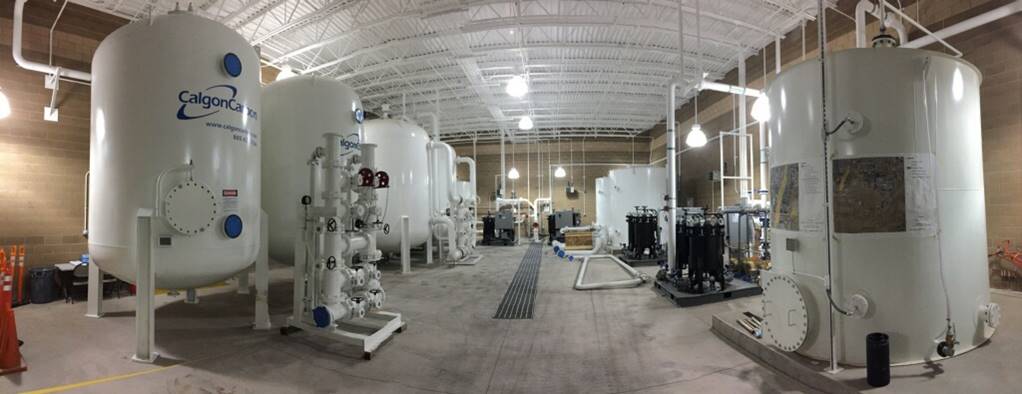Fuel Spill Committee Part I
Water Utility Board Looks Into Remediation Efforts


A drill rig is used to take core samples and install monitoring wells to fill data gaps on the nature and extent of fuel contamination in soil and groundwater.
US Air Force




